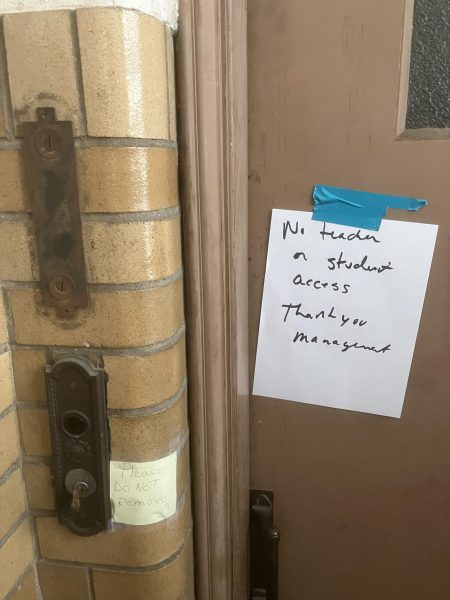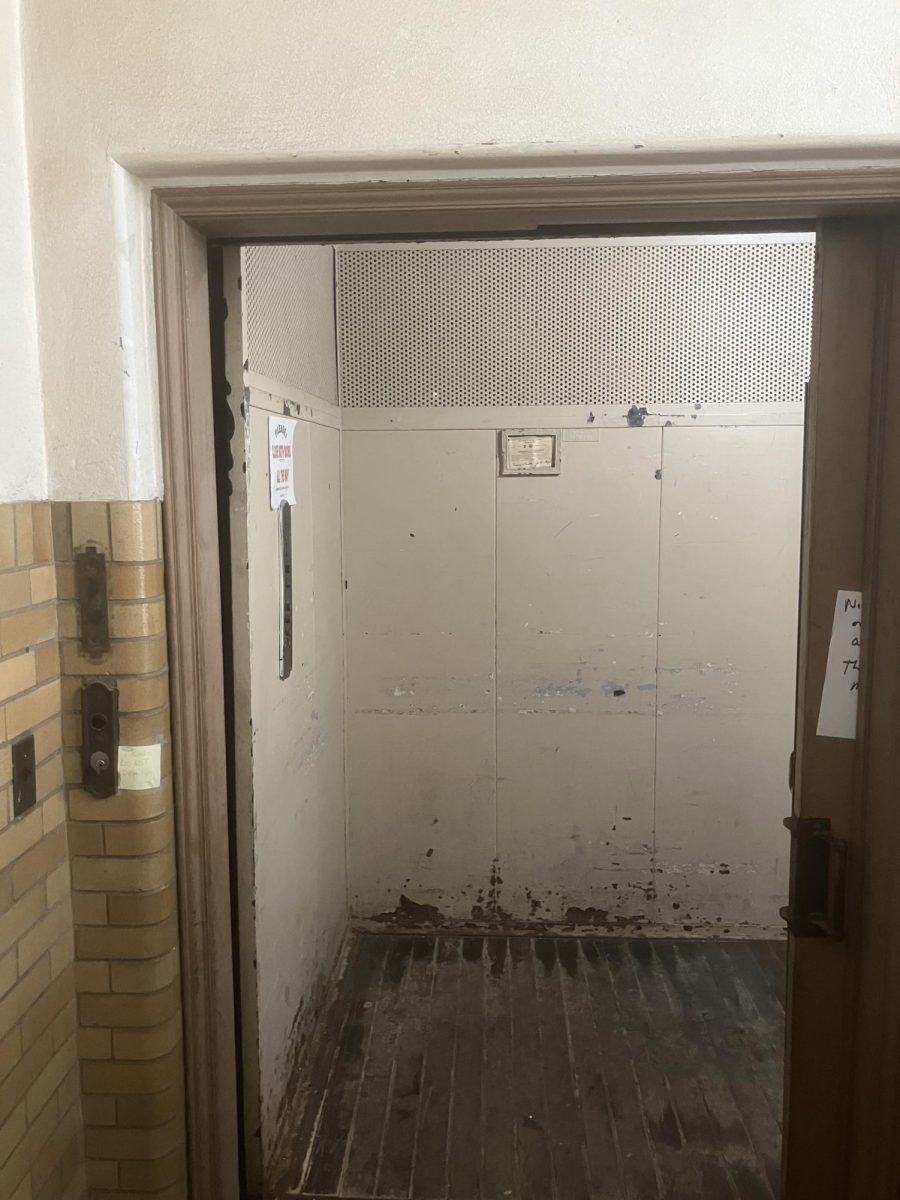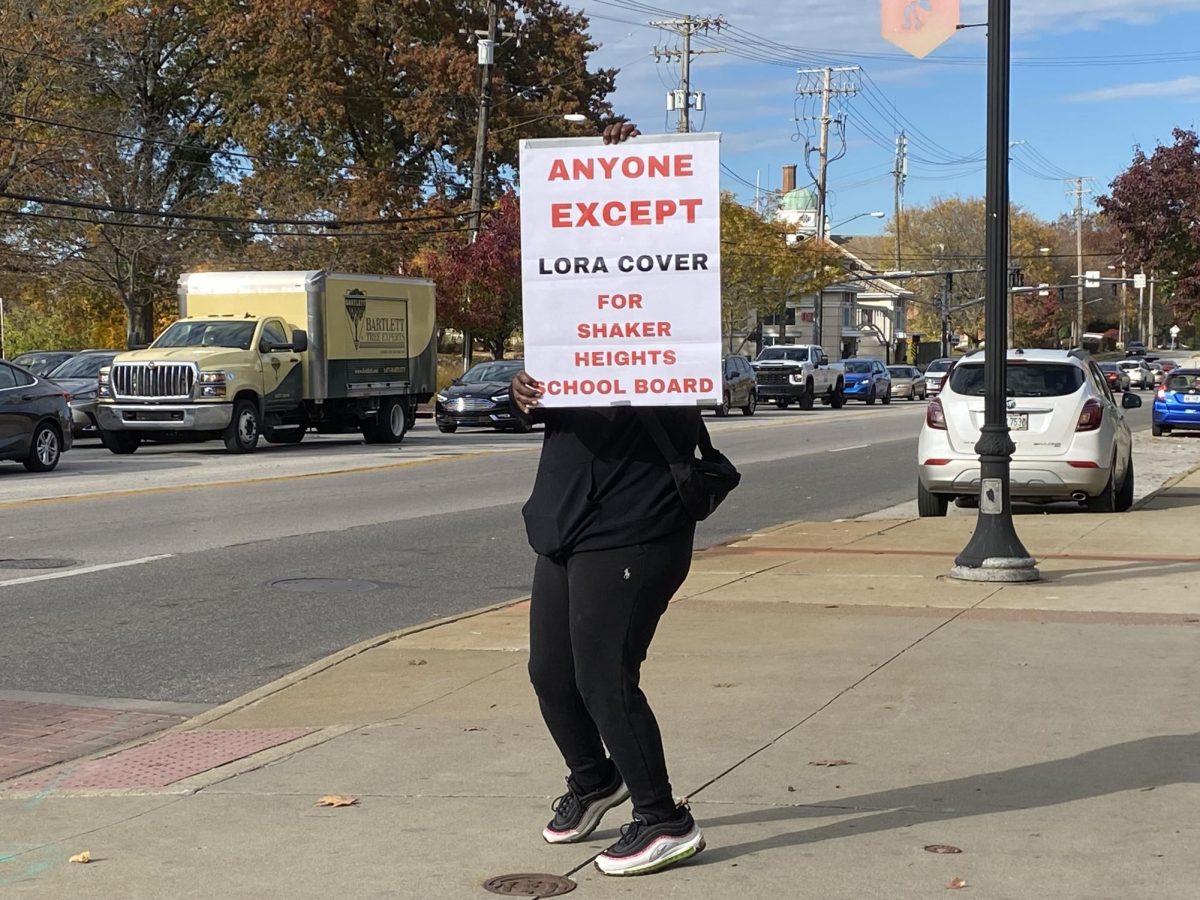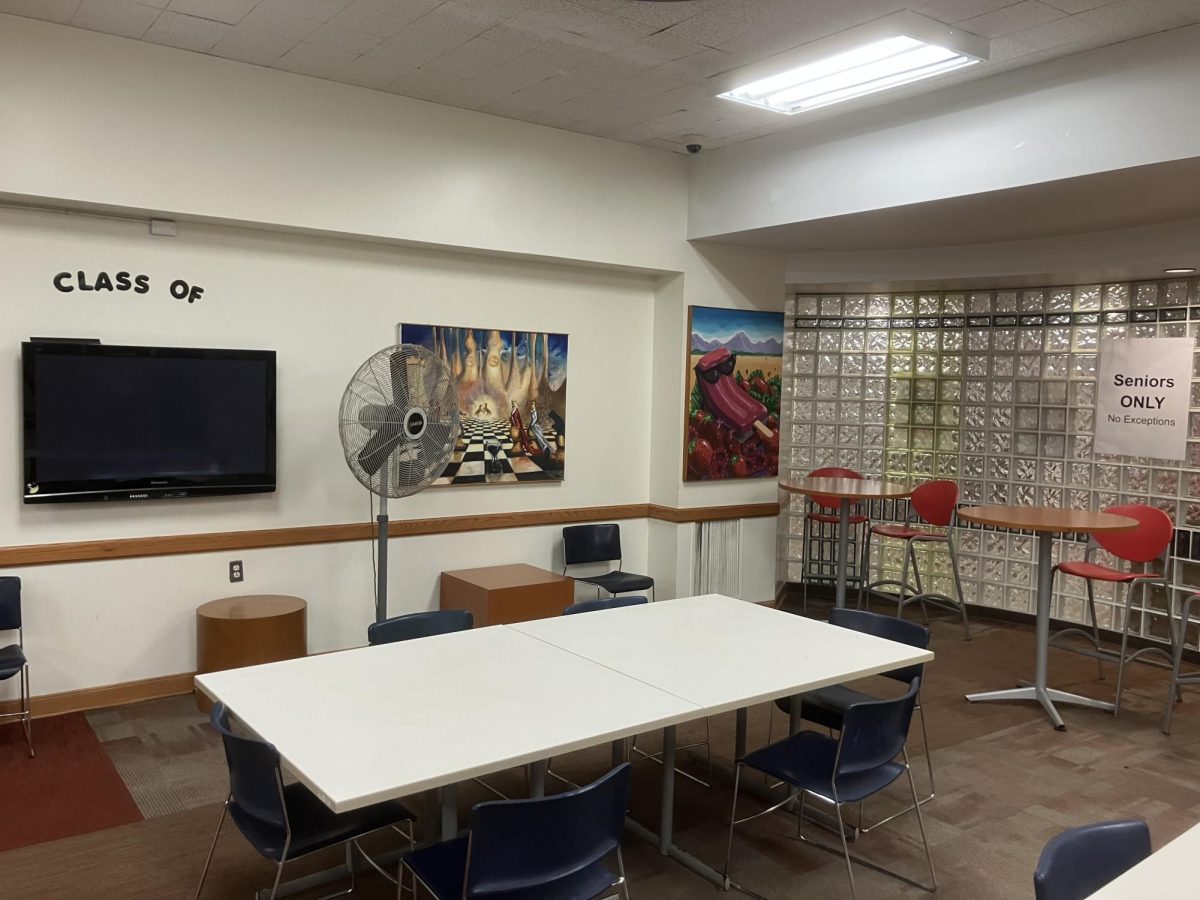The high school’s primary elevator, which connects the basement, first, second and third floors and is used by students and staff unable to walk stairs, has been in and out of operation since September. Today, it is repaired and back in service.
It is the only elevator students are permitted to use, and only students who have a disability or injury preventing them from using the stairs may use it.
The elevator was out of service Sept. 5 — 11 and was repaired Sept. 12; it broke again Oct. 20 and was repaired Oct. 23, only to be out of order again from Oct. 27 to Nov. 6.
School nurse Katie Longmeier said that students who require an elevator have the option to take the maintenance elevator in the science wing or the freight elevator in Room 110, an administrative office; however, neither goes to the third floor.
Campus Assessment and Activities Coordinator Courtney Starr’s office in Room 110 contains the freight elevator, intended for heavy loads to be transported between the second floor and the basement.

Starr said that while the primary elevator has been out of service, custodians pushing buckets often come to use the freight elevator, as do cafeteria workers bringing food to the first floor. Teachers, paraprofessionals and students have also come through her office to use the elevator.
“I totally understand that people have to come through and get their business done, but it has been a little bit of a nuisance,” she said.
Starr said that she houses items in her office, such as Chromebook carts and testing supplies, that may get in the way of anyone trying to use the elevator. Students can take the PSAT and SAT in her office, but she makes sure that they will not be distracted by use of the freight elevator.
“If I thought there was going to be a distraction, I would not test somebody in here, just to not take the risk,” Starr said.
Longmeier said that students who need to use an elevator must contact the main office. Once they do, “We can figure out how to get them where they need to be,” Longmeier said.
Alternatively, students can sit in Longmeier’s office or in the library to work independently and stay caught up with their classes.
In case of a fire emergency, regardless of the elevator’s operational status, students who use wheelchairs on the first floor are helped to exit through the front door; if they are on the second or third floor, they are carried down by security guards.
There are also designated “safe rooms” in the high school where students who cannot exit the building without assistance can wait during a fire emergency, Longmeier said. “It’s not different from any other room, like [Room] 255,” for example. “Then we would have the fire department come up” to evacuate the waiting students, she said.
The men’s restrooms adjacent to the elevator were out of order the past week as well, and have since reopened.







